A mix of business groups and labor unions are pushing to tee up the next big Obamacare fight: killing its so-called Cadillac tax.
It is, they say, the type of Obamacare “fix” that Republicans and Democrats can agree on — notwithstanding the problem of filling an $87 billion budget hole that nixing the levy would produce.
Many expect it to be the next protracted battle over Obamacare — one that threatens to become a headache for Democrats, many of whom never liked the tax despite supporting the law more generally.
It’s one of the last big parts of the Affordable Care Act to go into effect — lawmakers delayed the levy until 2018 in part because it is so controversial — but companies are wrestling with it now as they plan employee benefits. Some are already negotiating with unions over benefits that could spill into 2018.
“This is going to have a life of its own as the clock ticks closer to 2018,” said Rep. Joe Courtney (D-Conn.), a critic of the tax.
Though the nickname suggests it will apply to a select few, experts say a majority of employers could eventually face the prospect of imposing what will be the first-ever tax on health care benefits.
The IRS began last month spelling out the nitty-gritty of how exactly the tax will work, though it left out many of the details employers say they need.
At issue is a 40 percent excise tax on the health benefits companies provide their workers above a certain threshold. In 2018, the tax will hit insurance and related perks valued at more than $10,200 for singles and $27,500 for families. So for family benefits worth $30,000, the tax would apply to the $2,500 that’s above the limit.
Taxing those benefits represents a major shift in generations-old tax policy.
Read the full article here.
Contact Steven G. Cosby, MHSA with questions or to request more information and to schedule a healthcare plan evaluation, savings analysis or group plan solution for your company.

